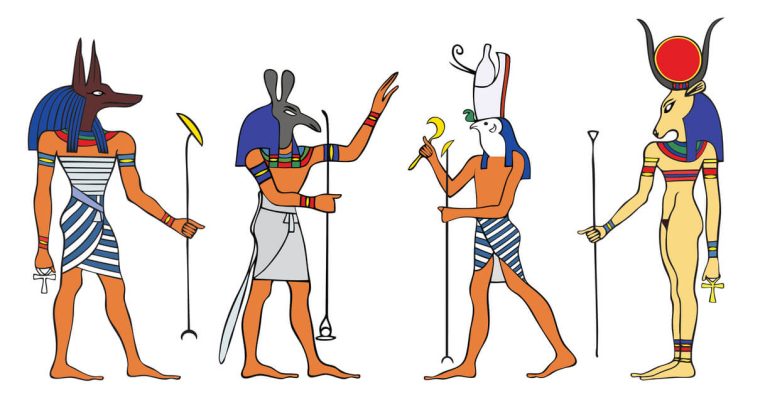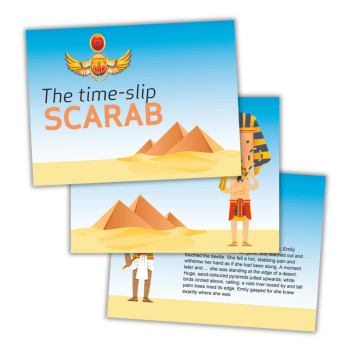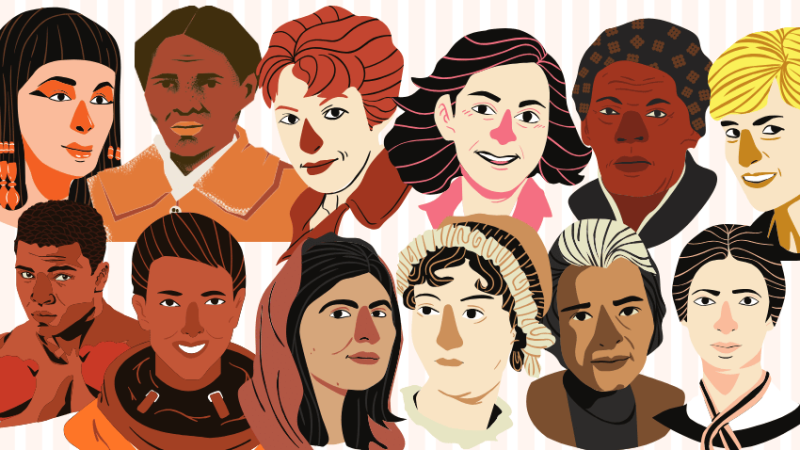8 Ancient Egyptian facts to wow your class

From King Tut and Sen priests to earthquake-making gods and antediluvian toothpaste, these gems are sure to pique pupils’ interest, says Adrian Burrows…

- by Adrian Burrows
- Dama-history practitioner for Imagining History

1 | Tutankhamun who?
Thanks to Howard Carter finding the perfectly preserved remains of Tutankhamun in 1922 (nearly 3,000 years after the boy king was buried in his tomb), King Tut has become the most famous pharaoh of Ancient Egypt. He wasn’t that famous at the time though; Tutankhamun became pharaoh at around eight years old and sadly died a mere decade later.
2 | Standing room only
Despite Tutankhamun’s tomb being relatively tiny, it was nonetheless crammed with over 5,000 items. There were bows, arrows, thrones, several chariots, board games and even model boats – everything a Pharaoh would want to take to the afterlife.
3 | Changing the religion
Tutankhamun’s father, Akhenaten, was a heretical king who changed Egypt’s religion. Rather than a polytheistic religion (in which many gods are worshipped), Akhenaten favoured worshipping just one – the Aten. His changes were not a hit with the population and led to a ‘chaotic’ period of unrest. Once Akhenaten had popped his sandals he was wiped from history – his statutes were destroyed and monuments dedicated to him were removed.
4 | Looking good
Along with smelling lovely, Ancient Egyptians (along with the rest of humanity) wanted to look good, too. As most Egyptians walked barefoot, they would rub ointment onto their feet that would offer protection from both the sun and insect bites. The upper classes would employ manicurists’ to look after one’s finger and toe nails, while all classes would use toothpaste. One popular recipe consisted of mint, rock salt, pepper, and dried iris flower. The paste was initially applied with a finger but later, papyrus mounted on sticks was used as a toothbrush. There are also records of breath mints being used. These mints were made from gluing frankincense, cinnamon, cashews and pine seeds together with honey. They would have absolutely had more kick than even the most potent extra strong mint.
5 | Odd gods
Ancient Egyptian gods were incredibly varied. Many of them were inspired by the animals that inhabited Egypt at the time. Ra was the god of the sun and had the head of an eagle. Anubis was the god of mummification and so had the head of a jackal. Then there was Geb, the goose-headed earth god whose deep booming laughter was believed to cause earthquakes – surely no laughing matter!
6 | Priestly duty
One of the important types of priest was a Sem. These priests conducted funeral services and so were responsible for mummifying corpses. Each priest was highly respected and for good reason; they would conduct the spells that guaranteed eternal life. Tick off a Sem priest and you’d be in real trouble!
7 | Restrictive rules
Egyptian priests had strict rules of hygiene to adhere to. They had to shave their heads and bodies daily (think of the stubble rash!) and had to take cold water baths several times a day. The gods would not have appreciated being tended to by a stinky priest. Indeed many of the spells from the Book of the Dead could not even be spoken unless the priest was wearing clean clothes!
8 | Smelling fresh
Thanks to some residue found in two-millennia-old amphoras, we now know that myrrh, cinnamon, olive oil and cardamom were all used as ingredients in Ancient Egyptian perfume. This would have created a very musky scent – a bit like your granddad’s favourite bottle of Old Spice. On special occasions women wore hair cones made of animal fat scented with perfume. The hot Egyptian sun would melt the cone throughout the day, ensuring a constant aromatic scent – though the greasy caked-on residue would have taken more than a Brillo pad to remove.
Adrian Burrows is a drama-history practitioner for Imagining History school workshops.










